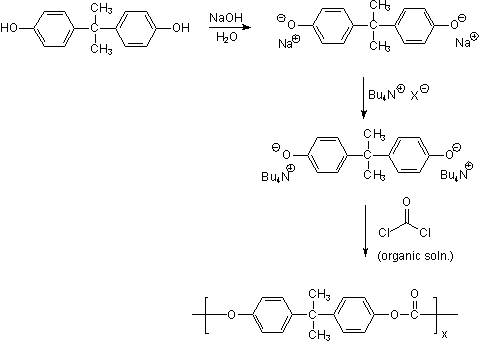|
화학 ≫ 폴리머 ≫ 바이오폴리머, 환경물질
폴리머 : 폴리카보네이터, 비스페놀A
폴리머
- 폴리카본 : 비스페놀 A, 환경물질
- 에폭시
Polycarbonate Synthesis


BPA 같은 경우 최근 유럽식품안전청(EFSA)은 건강 위해성이 없다고 결론을 내렸더군요. 앞으로 BPA에 대한 논쟁이 다른 방향으로 흘러갈지 아니면 종식 될지 지켜 볼 필요가 있을 것 같아요.
However, an FDA assessment released in March 2013 said that BPA is safe at the very low levels that occur in some foods.[4] In July 2014, the FDA updated its perspective on the use of BPA in food contact applications, confirming that "BPA is safe at the current levels occurring in foods" based on extensive research, including two more studies issued by the agency in early 2014.[5] The European Food Safety Authority (EFSA) reviewed new scientific information on BPA in 2008, 2009, 2010, 2011 and 2015: EFSA’s experts concluded on each occasion that they could not identify any new evidence which would lead them to revise their opinion that the presently known levels of exposure to BPA is safe; however, EFSA does recognize some uncertainties, and will continue to investigate them"-Wikipedia
|
|